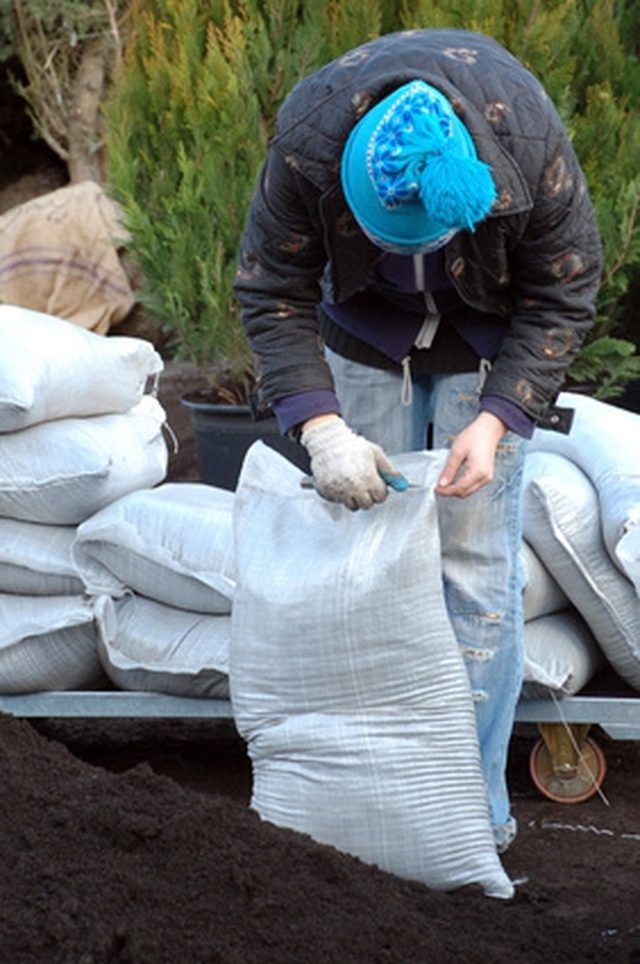Bulbs
Flower Basics
Flower Beds & Specialty Gardens
Flower Garden
Garden Furniture
Garden Gnomes
Garden Seeds
Garden Sheds
Garden Statues
Garden Tools & Supplies
Gardening Basics
Green & Organic
Groundcovers & Vines
Growing Annuals
Growing Basil
Growing Beans
Growing Berries
Growing Blueberries
Growing Cactus
Growing Corn
Growing Cotton
Growing Edibles
Growing Flowers
Growing Garlic
Growing Grapes
Growing Grass
Growing Herbs
Growing Jasmine
Growing Mint
Growing Mushrooms
Orchids
Growing Peanuts
Growing Perennials
Growing Plants
Growing Rosemary
Growing Roses
Growing Strawberries
Growing Sunflowers
Growing Thyme
Growing Tomatoes
Growing Tulips
Growing Vegetables
Herb Basics
Herb Garden
Indoor Growing
Landscaping Basics
Landscaping Patios
Landscaping Plants
Landscaping Shrubs
Landscaping Trees
Landscaping Walks & Pathways
Lawn Basics
Lawn Maintenance
Lawn Mowers
Lawn Ornaments
Lawn Planting
Lawn Tools
Outdoor Growing
Overall Landscape Planning
Pests, Weeds & Problems
Plant Basics
Rock Garden
Rose Garden
Shrubs
Soil
Specialty Gardens
Trees
Vegetable Garden
Yard Maintenance
How Do I Lay Topsoil?
How Do I Lay Topsoil?. Topsoil is the upper portion of the ground that the roots of plants grow in. For this reason, good-quality topsoil is critical to the success of flowers, vegetables and even grass. If you have poor soil, or if the surface of the ground is uneven, laying additional topsoil will improve it. According to the University of...

Topsoil is the upper portion of the ground that the roots of plants grow in. For this reason, good-quality topsoil is critical to the success of flowers, vegetables and even grass. If you have poor soil, or if the surface of the ground is uneven, laying additional topsoil will improve it. According to the University of Minnesota, you should look for topsoil that is less than 20 percent clay and is free of herbicides.
Things You'll Need
Truck (optional)
Wide-toothed rake
Shovel
Ruler
Tiller
Leaf rake
Lawn roller
Buy bagged topsoil if you are spreading it in a flower bed, vegetable garden or other small space. Purchase loose topsoil if you are laying it in a larger area, such as an entire yard. If you purchase bulk topsoil, you will need a truck to take it home or you can arrange to have it delivered.
Remove all existing material from the top of the ground, such as mulch, gravel or grass. Scrape under the material with a flat-edged shovel and place it out of the way.
Spread the topsoil in large piles around the perimeter of the area you are working in. If you are laying it in a small area, one large pile will suffice. If you are laying it in an entire yard, create five to six piles.
Use a wide-toothed rake or a shovel to move the topsoil around the yard until it is in an even layer that is between 4 and 6 inches thick.
Insert a ruler all the way down into the layer of topsoil until it stops to ensure that it is between 4 and 6 inches thick. If needed, apply more topsoil and spread it out evenly.
Place a tiller at the edge of the topsoil and set the blade depth as deep as possible. Turn the tiller on and run it over the topsoil to mix it into the underlying soil.
Rake the top surface of the top soil with a leaf rake to smooth it out as evenly as possible.
Rent or purchase a lawn roller at a home improvement store and place the roller at one end of the area. Push the roller over the topsoil once to firm it up.
Tips & Warnings
The topsoil will settle by at least 1 inch after it is laid on the ground.